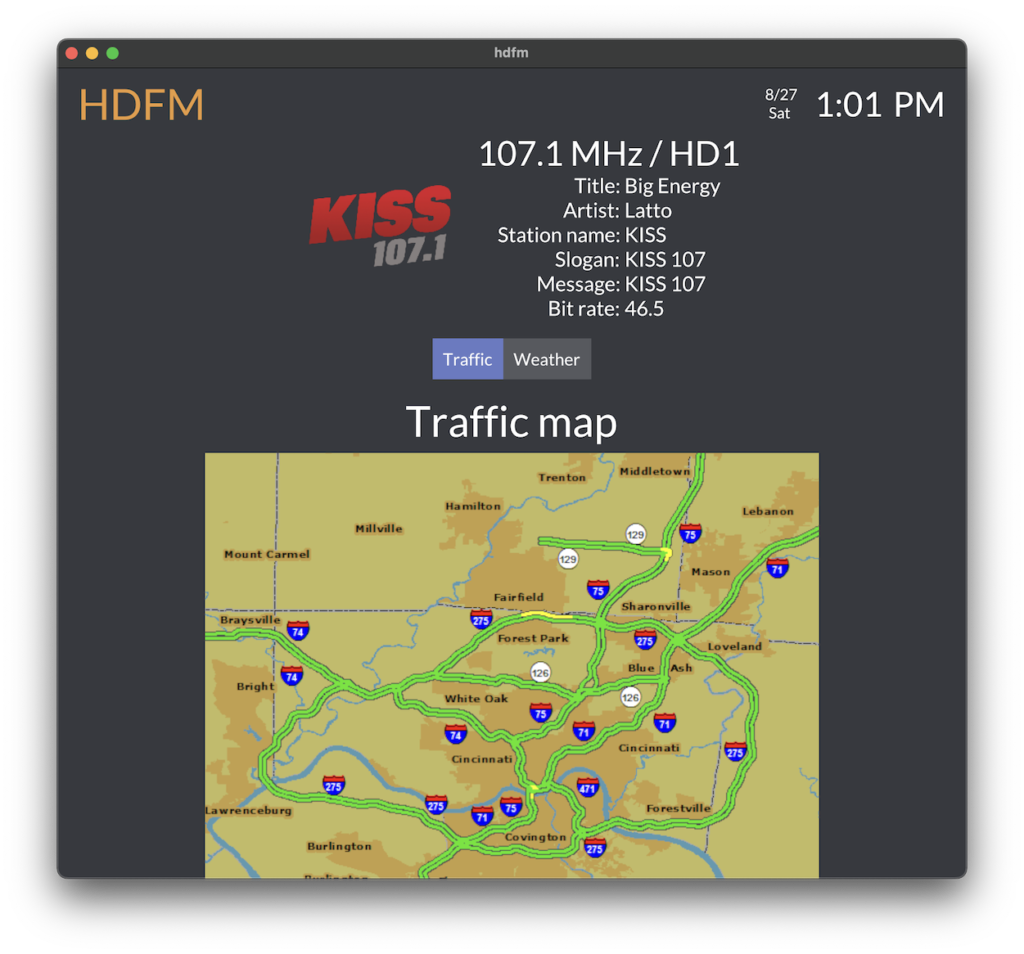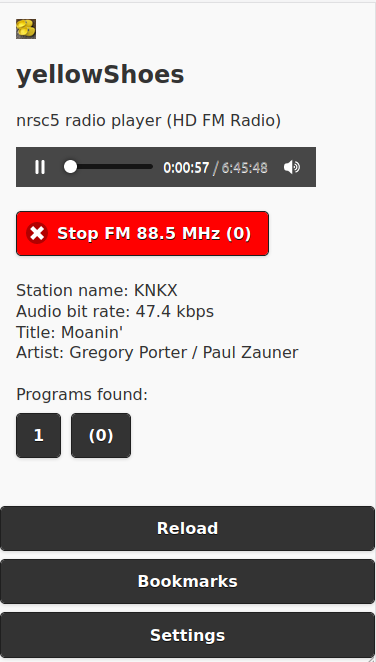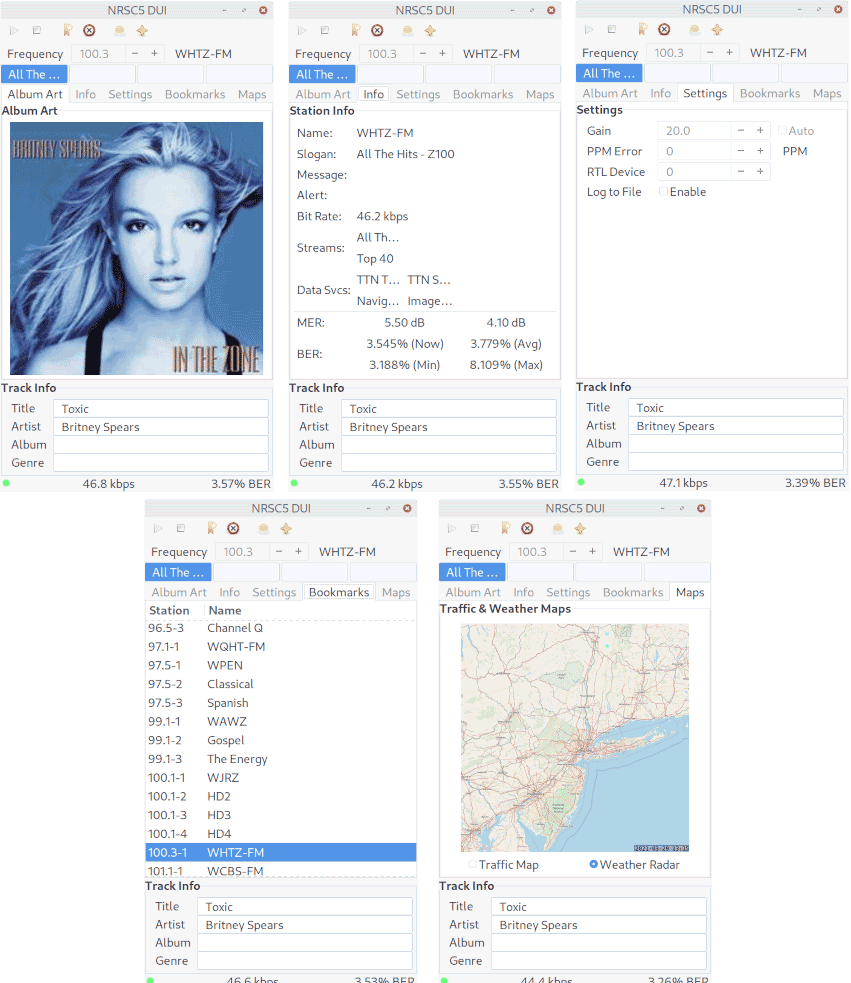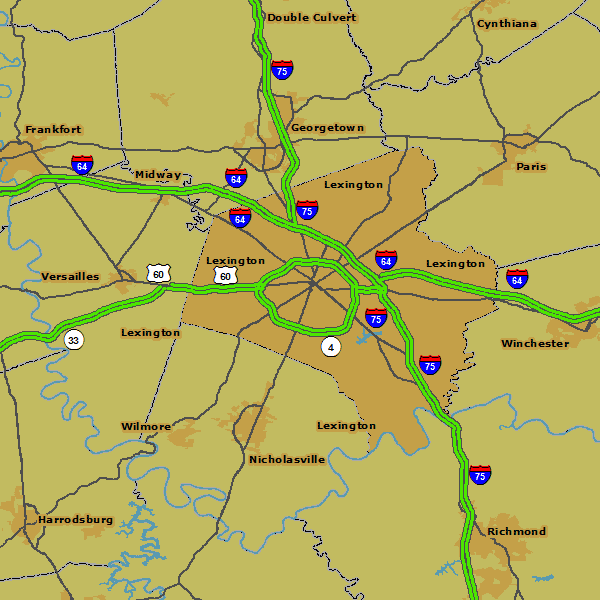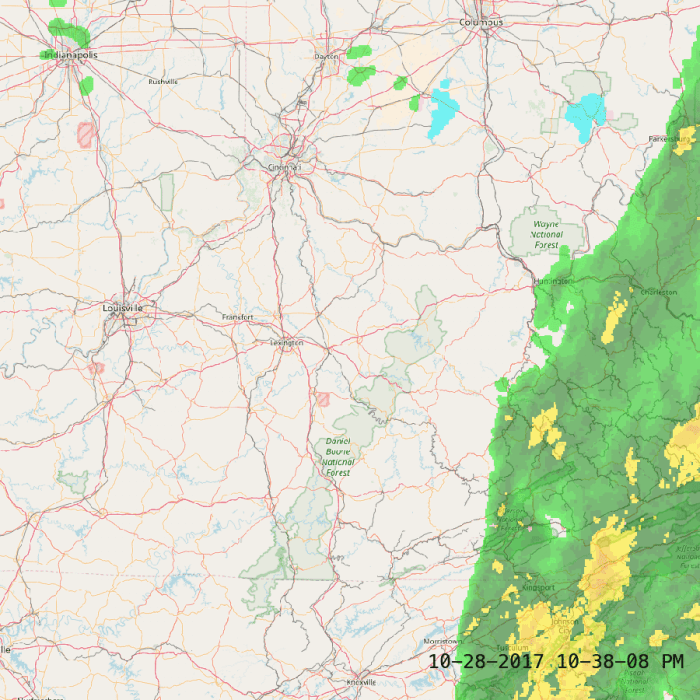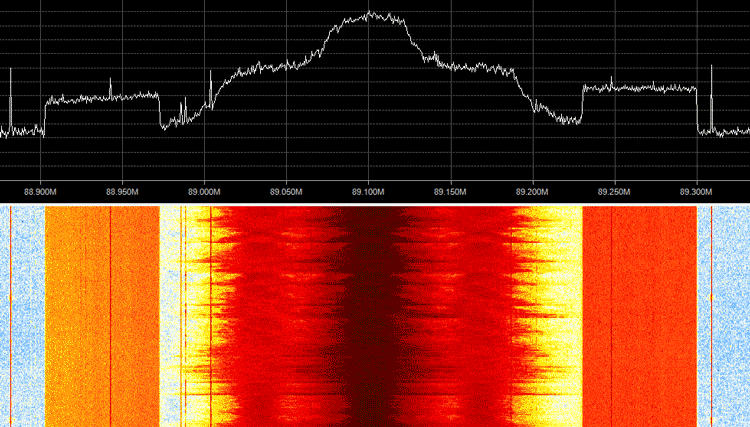HDFM Version 2 Released: HD Radio Live Weather and Traffic Data Decoder
Back in 2017 we first posted about KYDronePilot's HDFM software which allows users to display the live weather and traffic data embedded into some HDFM signals.
If you are in the USA, you might recognize HD Radio (aka NRSC-5) signals as the rectangular looking bars on the frequency spectrum that surround common broadcast FM radio signals. These signals only exist in the USA and they carry digital audio data which can be received by special HD Radio receivers. Earlier in in 2017 a breakthrough in HD Radio decoding for SDRs like the RTL-SDR was achieved by Theori when he was able to piece together a full HD Radio software audio decoder that works in real time.
It turns out that some of these HD Radio signals run by iHeartRadio also contain other data streams such as live weather and traffic data that is consumed by HD Radio based car GPS receivers or audio head units in US vehicles. HDRadio.com also write that they can embed other data such as sports scores and emergency messages into the data stream as well.
Version 2 of HDFM has recently been released and is a full rewrite moving from the Python programming language to Rust. It includes the following new features:
- Blazing fast performance of a fully native application
- Single binary requiring no dependencies (except nrsc5)
- Improved modern UI layout (styled like a car audio receiver display)
- Cross platform: Runs on macOS and Windows (Linux binaries provided, but untested)
